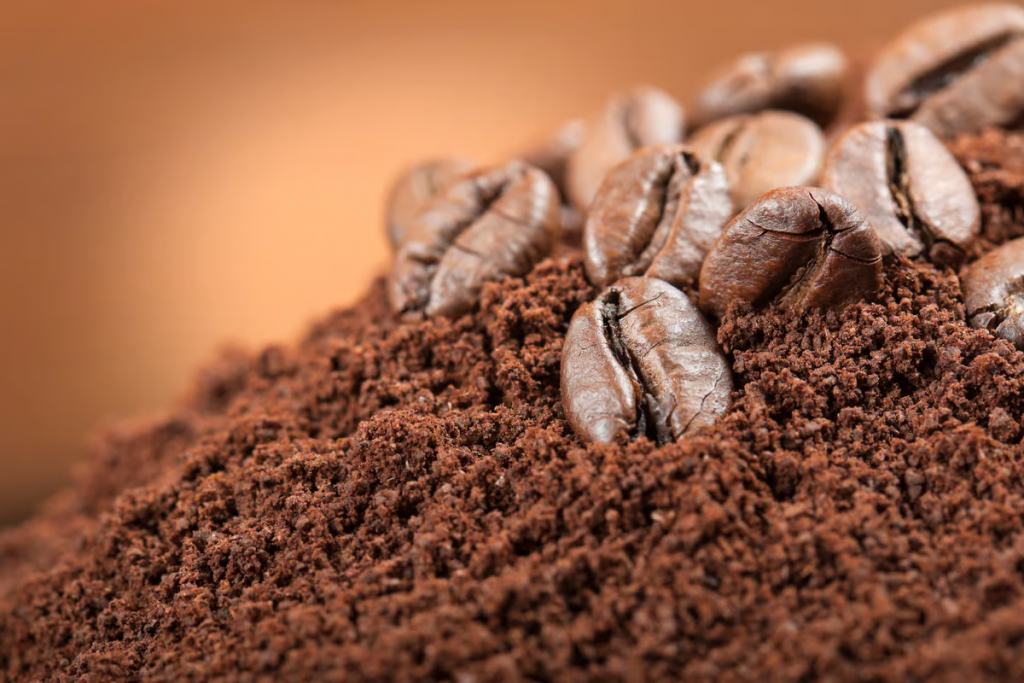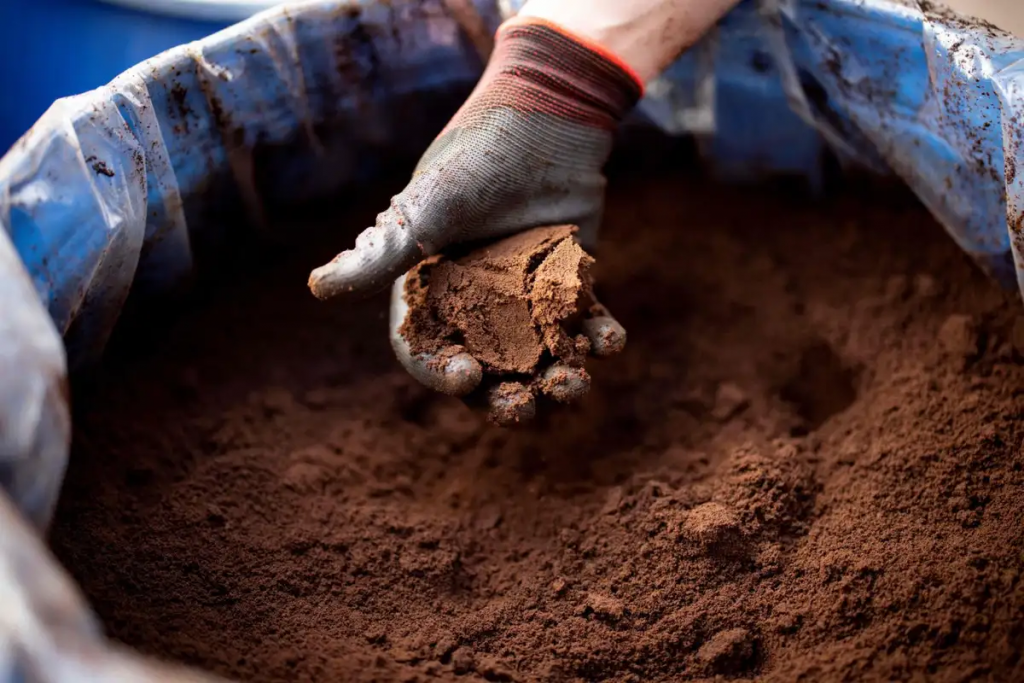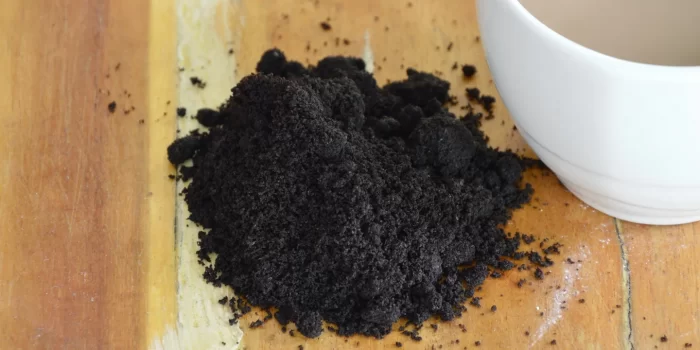In a ground-breaking discovery, researchers have unlocked a unique method to enhance the strength of concrete while contributing to a more sustainable construction industry. By replacing a portion of sand with spent coffee grounds (SCG), a waste product generated in massive quantities worldwide, concrete can be made up to 30% stronger. This innovation not only improves material properties but also addresses the environmental challenge of coffee waste disposal.
Annually, a staggering 60 million tons (54 million tonnes) of spent coffee grounds are produced globally, making it the most abundant waste stemming from coffee preparation. Traditionally, these grounds find their way into landfills, exacerbating waste management issues. However, researchers from RMIT University have ingeniously incorporated this waste into concrete, opening up a novel avenue for its practical use.

Rajeev Roychand, lead author of the study, explained the inspiration behind their work: “The inspiration for our work was to find an innovative way of using the large amounts of coffee waste in construction projects rather than going to landfills – to give coffee a ‘double shot’ at life.” The researchers collected SCG from cafes in Melbourne, Australia, and subjected them to pyrolysis, a low-energy, oxygen-free process that transforms the organic waste into biochar.
Through an extensive series of experiments involving various mix designs, the team found that substituting 15% of sand with SCG pyrolyzed at 350 °C resulted in a remarkable 29.3% enhancement in compressive strength. Compressive strength is a crucial property of concrete, reflecting its ability to withstand pressure without breaking. Moreover, this approach reduces the demand for natural resources like sand, aligning with circular economy principles and sustainability goals.
Shannon Kilmartin-Lynch, co-lead author, highlighted the broader impact of their research: “The concrete industry has the potential to contribute significantly to increasing the recycling of organic waste such as used coffee… these exciting findings offer an innovative way to greatly reduce the amount of organic waste that goes to landfill.”

This method of producing concrete addresses the depletion of limited natural resources, such as sand and gravel, often utilized in buildings, in addition to reducing landfill space difficulties. The study’s co-corresponding author, Jie Li, highlighted the environmental importance, saying, “With a circular-economy approach, we could keep organic waste out of landfills and also better preserve our natural resources like sand.”
Although the study is still in its early stages, the findings show promise for a more resource-conscious and sustainable construction industry. Adding used coffee grounds to concrete could be a double-edged solution for the world as it searches for novel methods to minimize waste and lower resource consumption, improving material performance and fostering a greener planet.


